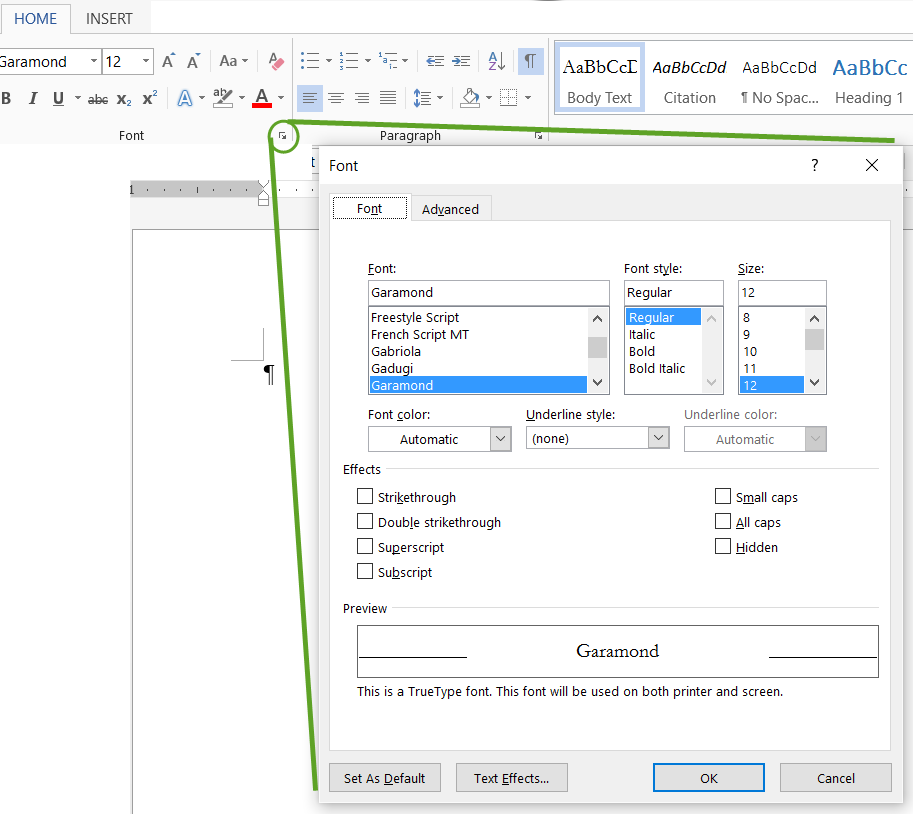Open Styles Pane Word For Mac 2013
For more information on Microsoft Office, visit our. Normally, the first chapter in a Part covers a program's basic features, such as how to create, open, and save documents, edit text, and the like. How do you delete items saved on pinterest.
However, because many of these features and techniques are common to all Office applications, they've already been discussed at length in Chapter 1. Expanding on the material in Chapter 1, this chapter covers additional elementary features that are specific to Word. Ccleaner for mac free. While you can get along fine without mastering the material in this chapter, having a familiarity with it will make your Word experience more productive. Other chapters in Part II explain document and text formatting, how to include images in your Word documents, designing tables, and employing more advanced features to create professional-looking documents for use in home, school, and business. The Word Window If this is the first time you've used Word, you should start by familiarizing yourself with the Word window and its components ().
They'll be referred to throughout the chapters in Part II of this book. The Word window.
To open the Navigation Pane, click the Find button in the Editing group on the Home tab, or press Ctrl + F. The Navigation pane opens on the left side of the Word window, by default. This video tutorial is about the steps to show or hide styles pane in Word 2013. For some time it is all good: when I open any word doc, the 'Document Map' is open by default. Somehow, the default option became Thumbnails Pane. When I open any word doc, the 'Thumbnails Pane' is open, and I need to click the 'Document Map' to enable it. This tutorial uses Microsoft Word 2013 (PC) & Microsoft Word 2011 (Mac) and Adobe Acrobat. Both of these programs are available to SF State faculty and staff (students can purchase them through the Bookstore).

Changing views Changing the layout often requires that you view a document in different ways. You can select from Normal, Online Layout, Page Layout, Outline, Notebook Layout, and Master Document views. Table 3.1 explains each view's purpose. Word Document Views View Purpose Normal Shows text formatting in a simplified page layout that lends itself well to most standard writing tasks. Outline Shows the document's structure and allows you to rearrange text by dragging headings.
Comments are closed.